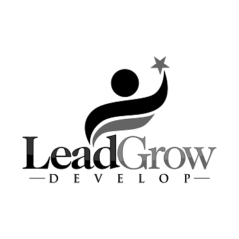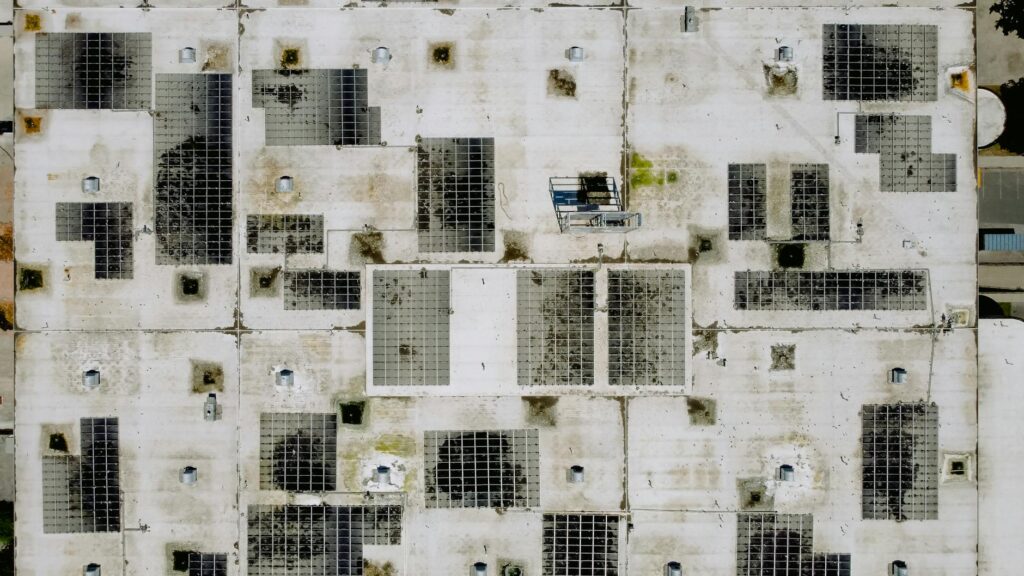Key Takeaways:
- Identifying early warning signs of roof damage can prevent severe complications and costly repairs.
- Regular inspections and maintenance are essential for extending the lifespan of a commercial roof.
- Understanding specific warning signs such as leaks, visible damage, and mold growth can guide timely interventions.
- Proactive roof care can improve safety, protect assets, and ensure operational efficiency.
Table of Contents:
- Introduction
- Visible Damage and Wear
- Leaks and Water Stains
- Poor Drainage
- Increased Energy Bills
- Mold and Mildew Growth
- Membrane Damage
- Aging Roof Surface
- Unpleasant Odors
- Sagging Roof
- Conclusion
Introduction
A commercial roof is integral to any business establishment, offering protection against the elements and maintaining internal comfort. However, it is often overlooked until it presents problems. A proactive approach is essential to identify and address issues before they escalate, ensuring the longevity and functionality of your commercial building’s roof. This article highlights critical signs that your commercial roof requires immediate attention, helping you safeguard your investment and maintain uninterrupted operations.
Visible Damage and Wear
One of the most apparent indicators of a distressed roof is visible damage and wear. This includes missing or cracked shingles, blistering, and surface erosion. Such damage can lead to severe problems, including water ingress, heat loss, and structural compromise. Regularly inspecting your roof’s surface can help you identify these issues early. For more comprehensive maintenance tips, you can visit this site https://www.deltaservices.com/we-care-roofing-maintenance/ to better understand how to maintain and protect your roof from further deterioration.
Leaks and Water Stains
Leaks and water stains are often the first signs of a roof failing to protect the building from external elements. Water stains on ceilings and walls are indicators of leaks that can lead to mold growth and structural damage if not addressed promptly. Regular inspections, especially after heavy rainfall, can help detect these leaks early. Addressing them vigorously can prevent future complications and maintain the integrity of your building’s interior.
Poor Drainage
Adequate drainage is crucial for maintaining the health of a commercial roof. Pools of standing water, often referred to as ponding, can lead to membrane deterioration and increase the risk of leaks. Regularly check gutters and downspouts for clogs to ensure they are functioning correctly. Implementing solutions such as regular cleaning schedules can prevent water accumulation and prolong the life of your roofing system.
Increased Energy Bills
Surprisingly, an uptick in energy bills can be a telltale sign of roofing problems. A compromised roof can lead to poor insulation, allowing conditioned air to escape and forcing HVAC systems to work harder. Monitoring energy consumption closely and staying alert to sudden increases can help you probe underlying roofing issues. Addressing these promptly will restore energy efficiency and reduce operating costs.
Mold and Mildew Growth
The mold and mildew can indicate moisture infiltration within your commercial building’s structure, often resulting from a compromised roof. Mold can adversely affect indoor air quality, posing health risks to occupants. If mold is detected, immediate inspection and remediation are recommended, as it often implies existing leaks or poor ventilation that need to be rectified promptly.
Membrane Damage
The membrane is a critical component of many commercial roofing systems, providing the first line of defense against water infiltration. Damage to this layer, whether from physical punctures or chemical exposure, can lead to leaks and should be addressed immediately. Regular checks and maintenance can detect membrane damage early, and timely repairs help maintain its integrity and the roof’s overall health.
Aging Roof Surface
As a commercial roof ages, it undergoes wear and tear that can weaken its structure and functionality. Aging symptoms include faded appearance, cracking, and brittleness. Understanding the expected lifespan of your roofing material is essential to planning timely replacement. Conducting periodic professional assessments can help you make informed decisions about necessary repairs or complete roof overhauls.
Unpleasant Odors
Unexplained unpleasant odors emanating from the interior of a commercial building can often be traced back to roofing problems. Leaks and moisture build-up can cause materials to become damp and foster mold and mildew growth, leading to musty odors. An immediate inspection is required to pinpoint the cause and address any underlying roofing issues to prevent further complications and maintain a healthy indoor environment.
Sagging Roof
A sagging roof is one of the most serious signs of structural problems and should be addressed immediately. This may result from excess weight due to ponding water or snow or a compromise in the roofing system’s support structure. Immediate professional evaluation is essential to determine the cause and scope of the issue. Failing to address a sagging roof promptly can result in severe structural damage, affecting the safety and operational integrity of the building.
Conclusion
Attention to your commercial roof’s condition and understanding the signs indicating potential issues are crucial steps in preventive maintenance. Visible damage, leaks, poor drainage, and other signs are early warning signals that necessitate prompt attention. Regular inspections and maintenance are key to identifying and mitigating these issues, ensuring the roof’s longevity and the building’s safety. Investing in roof care and addressing issues early can protect your assets, improve energy efficiency, and ensure business continuity.

